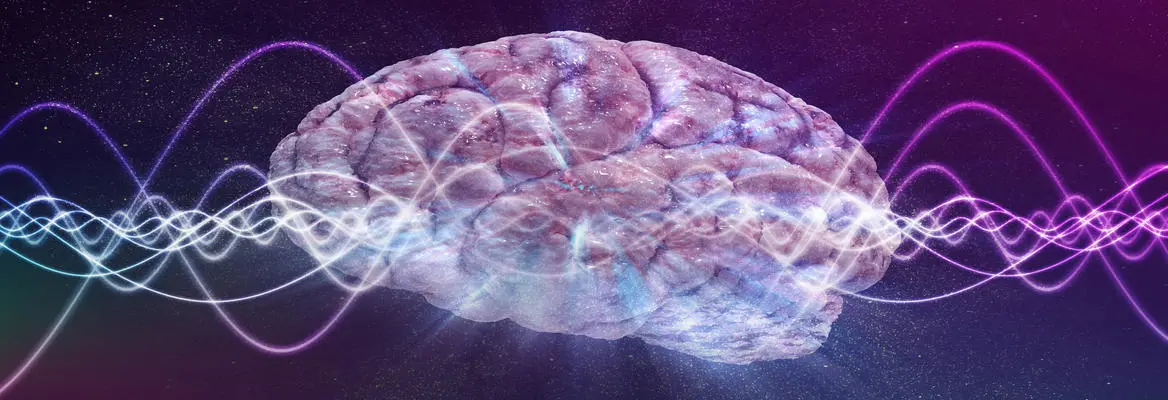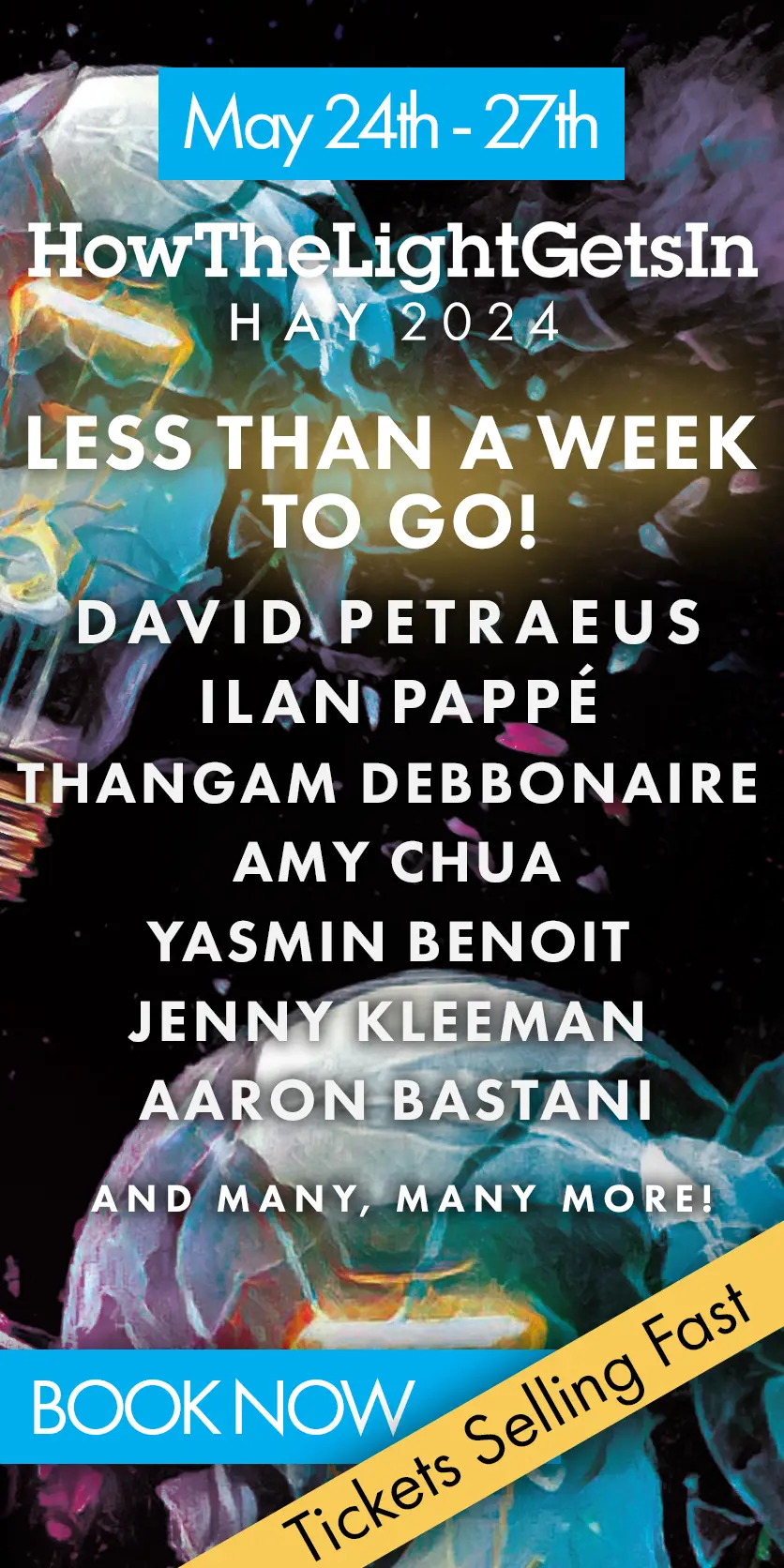Quantum mechanics suggests that particles can be in a state of superposition - in two states at the same time - until a measurement take place. Only then does the wavefunction describing the particle collapses into one of the two states. According to the Copenhagen interpretation of quantum mechanics, the collapse of the wave function takes place when a conscious observer is involved. But according to Roger Penrose, it’s the other way around. Instead of consciousness causing the collapse, Penrose suggested that wavefunctions collapse spontaneously and in the process give rise to consciousness. Despite the strangeness of this hypothesis, recent experimental results suggest that such a process takes place within microtubules in the brain. This could mean that consciousness is a fundamental feature of reality, arising first in primitive bio-structures, in individual neurons, cascading upwards to networks of neurons, argues Roger Penrose collaborator Stuart Hameroff.
Continue reading
Enjoy unlimited access to the world's leading thinkers.
Start by exploring our subscription options or joining our mailing list today.
Already a subscriber? Log in















Join the conversation